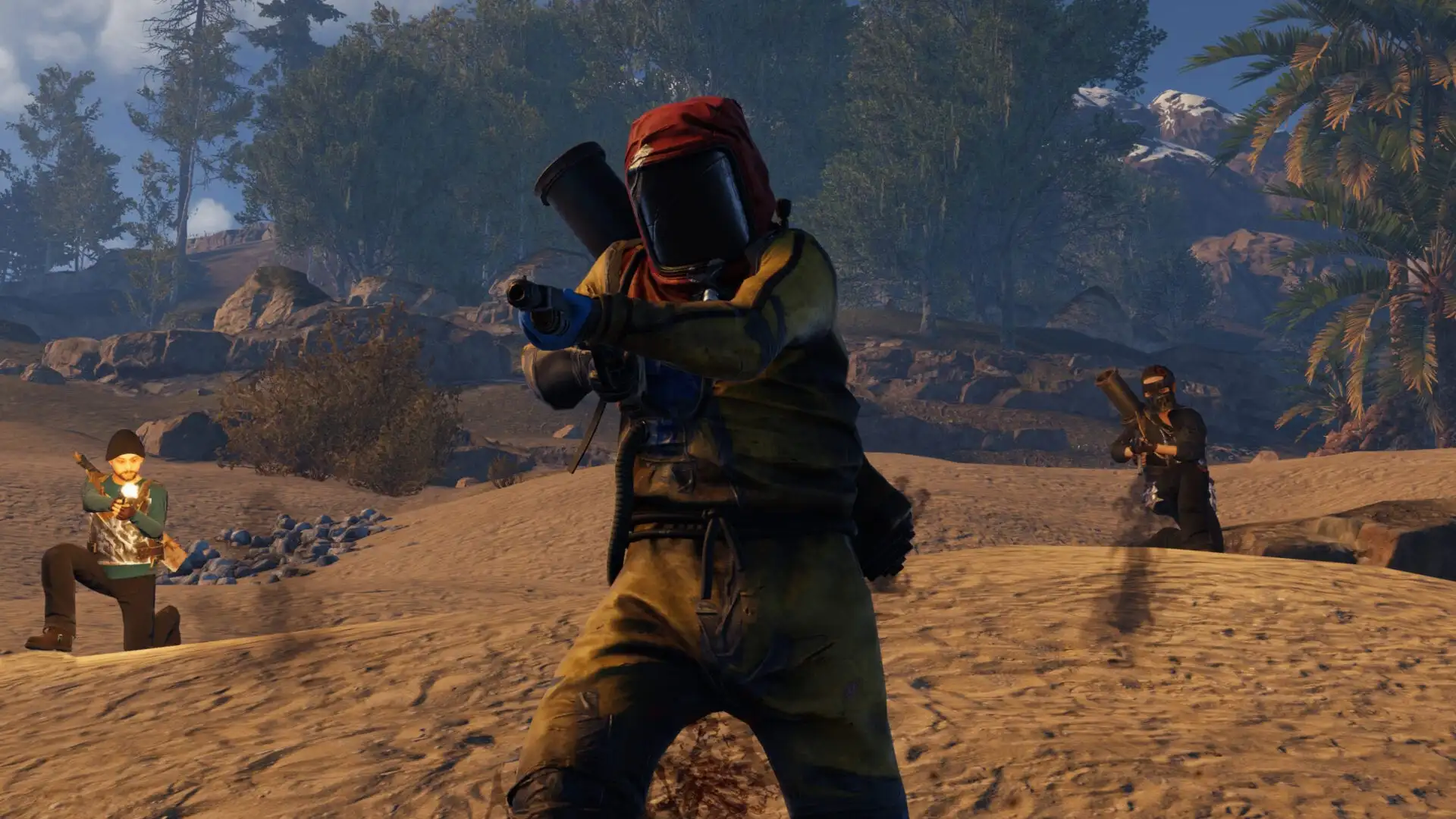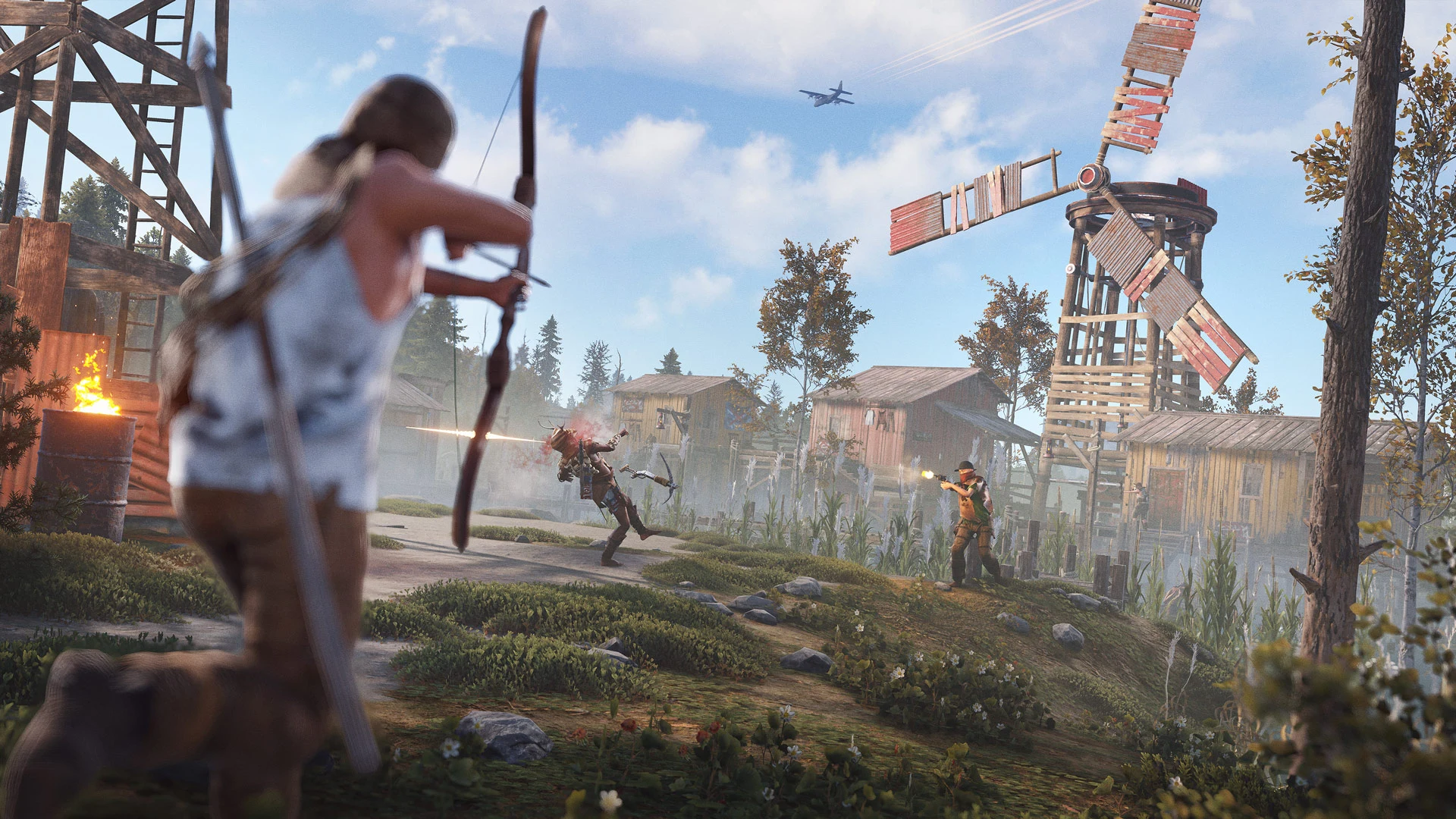Hosting for rust gaming servers. The best host for Rust is us. In order to make hosting a Rust server as simple as possible, we have been hosting Rust since it was fully released.
As a result, our control panel has grown into a powerhouse of features and capabilities. For a novice, it's quite simple to utilise sliders and text input boxes, but experienced gamers may also use more complicated tools.
Our hosting for Rust servers is extremely specialised and fine-tuned. Since Rust's full release in 2018, PebbleHost has been hosting Rust servers, and kept our control panel updated to into the perfect place that makes running a Rust server effortless experience.
Our user-friendly control panel's text input fields and simple drop-down boxes make it simple to change the server parameters.
In addition to a Discord channel with over 1000 active users, we offer complete 24- hour support, so if you ever need advise or assistance, we are here for you.
That's why PebbleHost offers an industry-leading game hosting panel with everything you need to manage your Rust server.
You can acquire a Rust server that is hosted 24 hours a day when you rent a Rust gaming server. To connect with your friends and community, you don't need to have your PC online all the time. Just hire a server for as low as $14.99 a month, set it up, give it a name, and set it free.
Your Rust server will be accessible 365 days a year, 24 hours a day. All the electricity and computing resources required to run your server are covered by us and are included in the monthly membership fee.
While it is feasible to run your own server, it is far more simple and more straightforward to host a Rust server with a company that has years of experience hosting game servers. We stay on top of the newest hardware and software changes to ensure that your hosting experience is as excellent as possible.
All of our Rust Hosting Services are compatible with our control panel, which is built for stability and ease of use for the best server hosting experience.
Take a look at our live demo control panel
The early versions of Rust were clones of DayZ, a popular ARMA 2 mod that also had components from Minecraft. The CEO of Facepunch Studios, Garry Newman, said that Rust began as a DayZ clone before realising that we were sick of fighting zombies and could no longer compete with the Arma Island in terms of the cities and monuments. Following the first alpha launch, upgrades for Rust were made available, including new mechanics like hunting, animals, weapons, and armour. In February 2014, wolves and bears took the place of the zombies in Rust. We decided early on in the game's development to give players the opportunity to create intriguing locales rather than try to fill the universe with them.
One of the main goals of the creators was to make a world that didn't encourage players to act in a certain way. They contemplated adopting a DayZ-style system, where players who kill others receive special attire designating them as "bandits," or even a rating or color-coded system. However, the designers decided against all of these possibilities since they thought it would limit the players' flexibility. Instead, they were surprised to learn that the inclusion of voice chat had a substantial influence on players' behaviour. Most of the players won't murder each other on sight out of fear if they can communicate successfully.
Rust went to Unity in a "experimental form" that was published in late 2014. A separate anti-cheat mechanism called CheatPunch, which barred over 4,621 cheaters, was incorporated in the experimental module. The experimental module changed became the default launch option in October 2014. In the original game, the heads-up display included information about things like hunger, health, and radiation level. Later, these aspects were changed; hunger was used in place of the radiation level, and hidden data like hypothermia were also introduced. Due of the irritation, it causes gamers, radiation threats were once included in monuments but were eventually eliminated. The radiation that had been eliminated earlier in 2016 was subsequently reinstated in November, although it had been "reprogrammed from scratch," meaning that multiple levels (low, medium, and high) of radiation were added rather than all locations having the same degree of radiation. Due to the potential for "it is distorting the game," no places were initially tagged as being high.
Female models were added to the game in July 2015, however, they could only be used for testing by server admins. Genders will be automatically given to people whose Steam accounts are permanently connected, much like the skin colour characteristics. Later, at the end of 2015, the game received cosmetic additions for weapons, clothes, and other goods. Rust was the first Steam game to use the "Item Stores," a feature that was first offered by Valve. There was contradictory pricing since the cosmetics were also offered for sale on the Steam Community Market. While some were more affordable at the shop, others were pricier.



